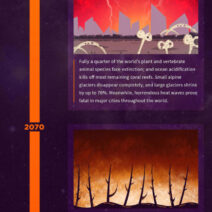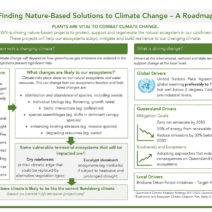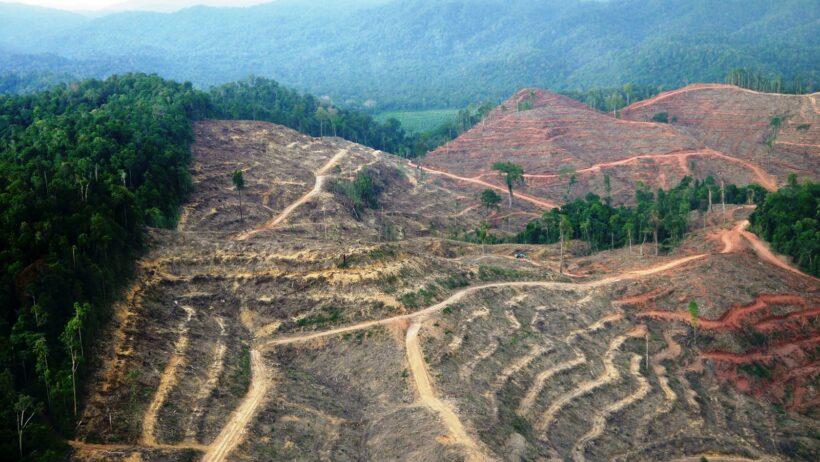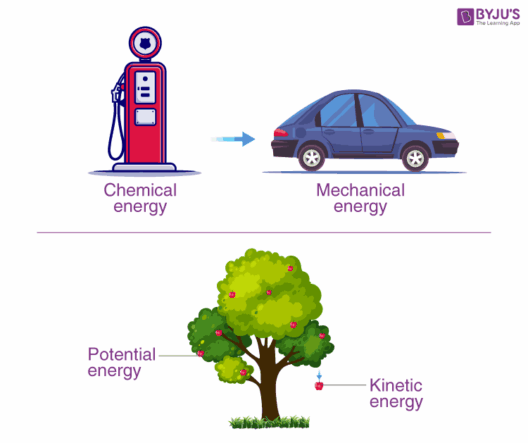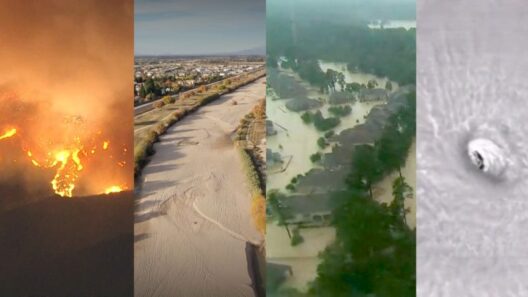Deforestation is not merely a local issue; it is a global emergency that reverberates through ecosystems, economies, and human health. As forests are logged, burned, or otherwise degraded, an intricate web of interactions is disrupted, leading to a cascade of consequences that extend far beyond the immediate loss of trees. This phenomenon is intricately tied to biodiversity loss and the escalation of diseases, encapsulating a complex narrative that demands urgent attention.
The act of deforestation is often creatively rationalized as a method for economic progress, offering short-term benefits like timber and land for agriculture. Yet, beneath this veneer of development lurks a plethora of environmental ramifications. As trees are cut down, carbon sequestered within them is released into the atmosphere, exacerbating global warming. Scientific consensus suggests that deforestation contributes significantly to greenhouse gas emissions, with estimates indicating that it may have a doubling effect on global warming compared to what previously considered. This increase in temperature unfolds a series of ecological repercussions that culminate in biodiversity loss, which is an alarming symptom of an ailing planet.
The intricate relationships that define ecosystems are deeply reliant on biodiversity. Each species, no matter how small or seemingly inconsequential, plays a role that contributes to the ecological equilibrium. When deforestation occurs, habitats are destroyed, pushing species to extinction at an unprecedented rate. The World Wildlife Fund has warned that we are experiencing the worst rates of biodiversity loss since the dinosaurs vanished 65 million years ago. This loss creates a vacuum of stability, leading to more significant problems, including the emergence and spread of zoonotic diseases.
As habitats shrink, wildlife is driven into closer proximity with human populations, accelerating the risk of disease transmission. Zoonotic diseases, which are diseases that jump from animals to humans, have seen a troubling increase in recent years. Notable examples include HIV/AIDS, Ebola, and more recently, COVID-19. These diseases underscore the importance of maintaining biodiversity, as diverse ecosystems can help buffer against pathogens. Healthy ecosystems often support predator species that keep populations of disease-carrying animals in check. Thus, the reduction of biodiversity through deforestation not only is a loss of species but also dismantles natural defenses against diseases.
Climate change further complicates this already precarious situation. As temperatures climb, the geographical ranges of many species shift, and the timing of biological events—such as flowering or migration—becomes misaligned. Such mismatches can lead to population declines and further diminish biodiversity. Moreover, changes in climate can foster conditions that are more conducive to the survival of pathogens and vectors, such as mosquitoes and ticks. This can exacerbate the transmission of diseases like malaria, dengue fever, and Lyme disease, negatively impacting human health across the globe.
Socio-economically, the implications of deforestation are severe. Communities that rely on forest resources for their livelihoods face heightened vulnerability when those resources are diminished. The loss of forests diminishes soil quality, reduces water availability, and disrupts climate patterns, rendering agricultural practices precarious. Consequently, food security becomes jeopardized, leading to malnutrition and increased susceptibility to diseases. An interdependent web emerges where the loss of resources leads to impoverished communities, setting a vicious cycle in motion in which health and economic stability spiral downward.
The allure of forests goes beyond their economic value—these ecosystems provide critical services that sustain life itself. Forests act as carbon sinks, absorbing substantial amounts of CO2, thus mitigating climate change. They assist in maintaining the hydrological cycle, purifying water, and preventing soil erosion. All these functions rely on a healthy and diverse biosphere, which is threatened by the relentless march of deforestation.
Yet, activism can empower individuals and communities to forge pathways to recovery. Initiatives focused on reforestation, sustainable logging practices, and conservation projects are pivotal. By restoring forests and protecting existing ecosystems, we can enhance biodiversity and mitigate the health risks associated with zoonotic diseases. Education plays a vital role as well; raising awareness around the interconnectedness of ecosystems and human health can catalyze action and galvanize public support for necessary changes.
Moreover, climate policies must reflect an understanding of the deep-rooted connections between biodiversity, deforestation, and disease. Tactical investments in green infrastructure, conservation area expansion, and a shift towards sustainable agriculture can create a robust framework for environmental and public health. Comprehensive legislation that prioritizes forest protection can ensure that these critical habitats are preserved, allowing ecosystems to function as intended.
In sum, the multifaceted relationship between deforestation, biodiversity loss, and disease propagation unveils a compelling narrative about the state of our planet. Each tree felled strains the delicate balance of nature, resulting in chaos that ripples through human societies. Awareness, education, and proactive measures are crucial in reversing this trend. By recognizing the broader implications of our actions, we can cultivate a sustainable future that honors both the earth and its inhabitants.
